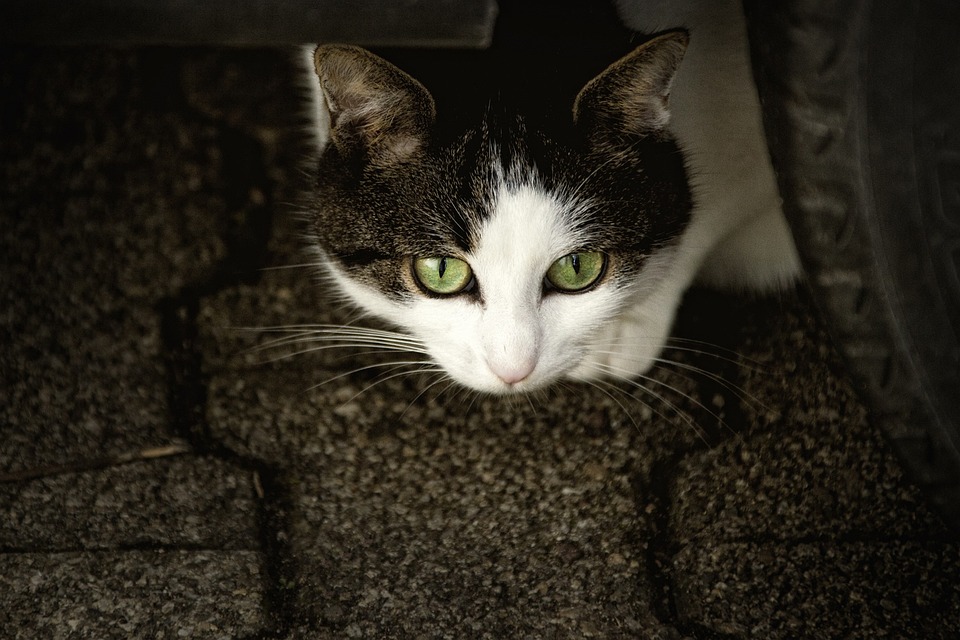Managing Swishing Tail Behavior in Cats: A Comprehensive Guide
Understanding and Addressing the Swishing Tail Behavior in Cats
Cats communicate through various body language signals, and one of the most prominent and intriguing behaviors is the swishing tail. While it may seem harmless, a cat’s tail can reveal a lot about their mood, intentions, and overall well-being. In this article, we will delve into the intricacies of managing swishing tail behavior in cats and provide valuable insights on how to interpret and respond to this fascinating feline communication.
What Causes a Cat’s Tail to Swish?
Before delving into the management of swishing tail behavior, it’s crucial to understand the underlying causes. Here are some common reasons for cats to exhibit this behavior:
1. Agitation or Anger: When a cat’s tail starts swishing rapidly from side to side, it often indicates agitation or anger. This can be triggered by various factors, including territorial disputes, feeling threatened, or frustration.
2. Fear or Anxiety: Cats may also swish their tail when they feel scared or anxious. If they encounter unfamiliar people, animals, or stressful situations, their tail movements may become more pronounced.
3. Playfulness: In some instances, a cat’s swishing tail may signal their excitement during playtime. When engaged in a lively game or chasing toys, their tail might flick back and forth in a rhythmic manner.
4. Communication: Tail swishing can also serve as a form of communication between cats. When encountering other felines, a cat may use their tail to convey various messages, such as dominance, submission, or a warning to stay away.
Tips for Managing Swishing Tail Behavior
Now that we understand the reasons behind a cat’s swishing tail behavior, let’s explore effective strategies for managing and addressing this behavior:
1. Identify Triggers: Observe your cat closely to identify any specific triggers that lead to tail swishing. It could be certain sounds, interactions, or situations. By identifying these triggers, you can work towards minimizing their impact on your cat.
2. Provide a Stress-Free Environment: Create a calm and secure environment for your cat. Ensure they have a designated space where they can retreat and feel safe when they need it. Reduce exposure to loud noises, unfamiliar animals, or any factors that may induce anxiety.
3. Positive Reinforcement: Encourage positive behaviors by rewarding your cat with treats, praise, or playtime when they remain calm and relaxed. This helps them associate desirable behavior with positive rewards.
4. Redirect Energy: Engage your cat in interactive play sessions using toys that simulate hunting. This helps redirect their excess energy and provides mental stimulation, reducing the likelihood of stress-related behaviors like tail swishing.
5. Consult with a Veterinarian: If your cat’s swishing tail behavior persists, consult with a veterinarian to rule out any underlying medical conditions. Sometimes, pain or discomfort can cause cats to exhibit unusual behaviors.
FAQs about Swishing Tail Behavior in Cats
1. Is tail swishing always a sign of aggression?
Not necessarily. While tail swishing can indicate aggression, it can also signify fear, anxiety, excitement, or communication between cats.
2. How can I differentiate between a playful tail swish and an agitated one?
Look for other accompanying body language cues. A relaxed body, ears forward, and an overall playful demeanor usually indicate a playful tail swish. Conversely, a tense body, arched back, flattened ears, and dilated pupils typically suggest an agitated swish.
3. Can swishing tail behavior be completely eliminated?
It depends on the underlying cause and the individual cat. With proper understanding, management, and addressing of triggers, the frequency and intensity of swishing tail behavior can be significantly reduced.
4. Should I punish my cat for swishing its tail?
No, punishing your cat for swishing its tail can lead to further stress and anxiety. Instead, focus on positive reinforcement and creating a stress-free environment to encourage calm behavior.
Remember, each cat is unique, and tail swishing behavior may vary. By observing and understanding your cat’s body language cues, you can form a stronger bond and ensure their overall well-being.








